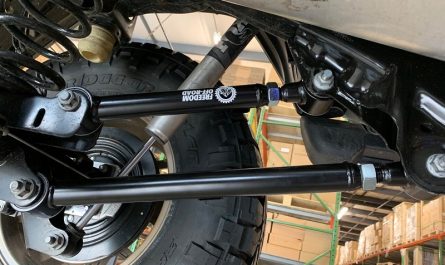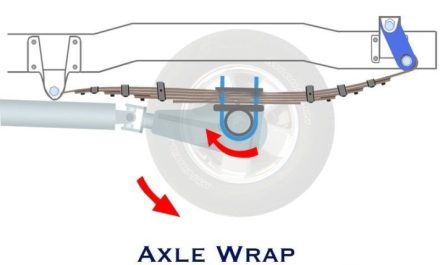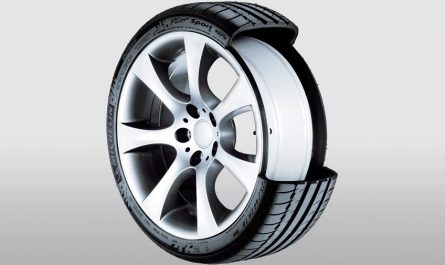The Mass Air Flow (MAF) sensor is a critical component in current internal combustion engines, playing an essential role in providing optimal performance, fuel efficiency, and emission control. Despite its significance, the MAF sensor is often ignored until a problem occurs. This article delves into the intricacies of the MAF sensor, including its role, types, signs of failure, and maintenance information.
The Role of the Mass Air Flow Sensor
The primary role of the mass air flow sensor cleaner is to calculate the quantity of air entering the engine’s intake system. This measurement is important because the engine control unit utilizes it to estimate the right quantity of gas required for optimal combustion. The ratio between air and fuel is crucial; too much or too short of either can lead to performance problems, increased emissions, and reduced fuel efficiency.
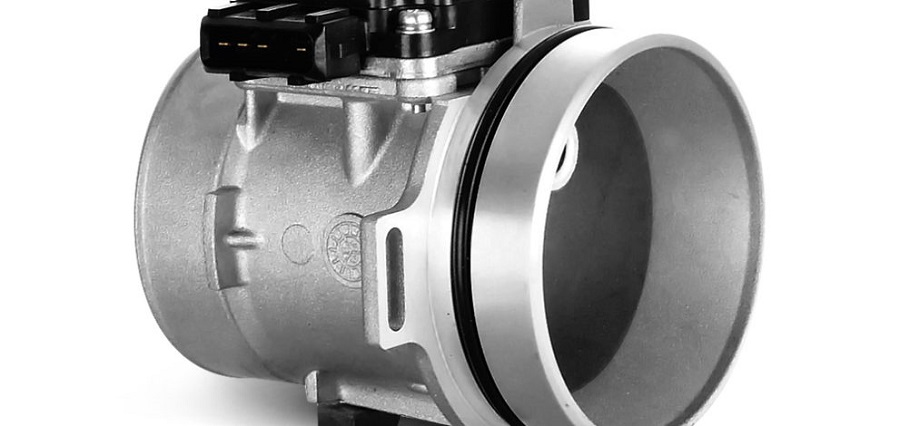
How It Works
The mass air flow sensor symptomsworks based on two major principles: the hot wire process and the vane process.
- Hot Wire Method: This is the most typical type located in current vehicles. The sensor features a wire warmed to a specific temperature. As air flows past the wire, it cools down. The quantity of cooling is proportional to the air mass flowing via the sensor. The ECU calculates this temperature difference and modifies the fuel injection accordingly.
- Vane Method: This older process utilizes a mechanical vane that moves with the airflow. The place of the vane is proportional to the air mass, and this place is transformed into an electrical sign sent to the engine control unit.
Types of Mass Air Flow Sensors
There are several kinds of bad mass air flow sensor symptoms available, each with its powers and weaknesses. The most typical kinds of MAF sensors are:
Hot Wire MAF Sensors: These detectors use a warmed wire suspended in the airflow. They are simple, cheap, and widely used in numerous applications.
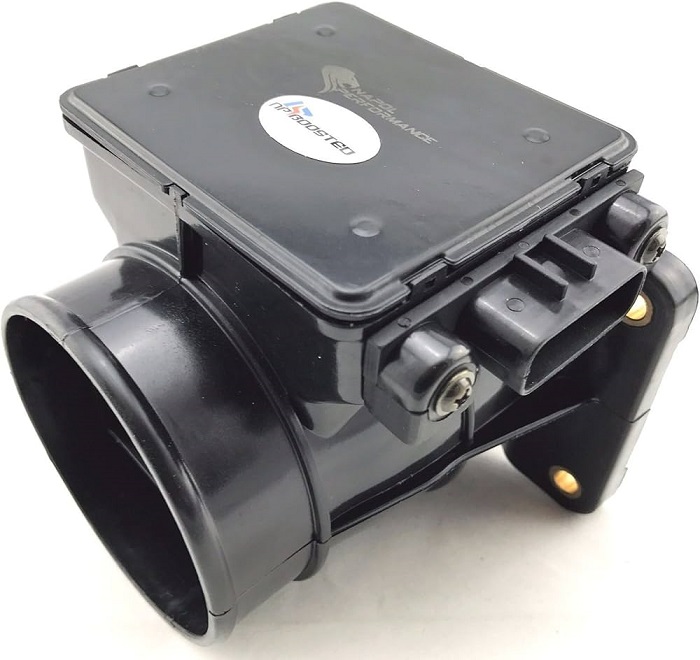
Hot Film MAF Sensors: These detectors utilize a warmed film rather than a wire, which delivers a more exact measurement and a more rapid response time.
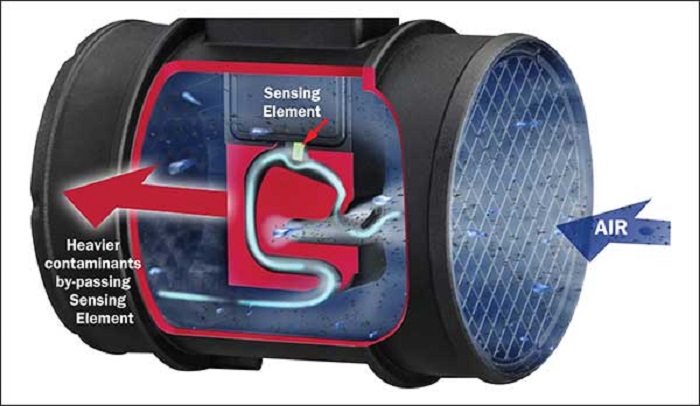
Karman Vortex MAF Sensors: These sensors use a vortex flow meter to calculate the airflow rate. They are better accurate than burning wire detectors but are also more costly.
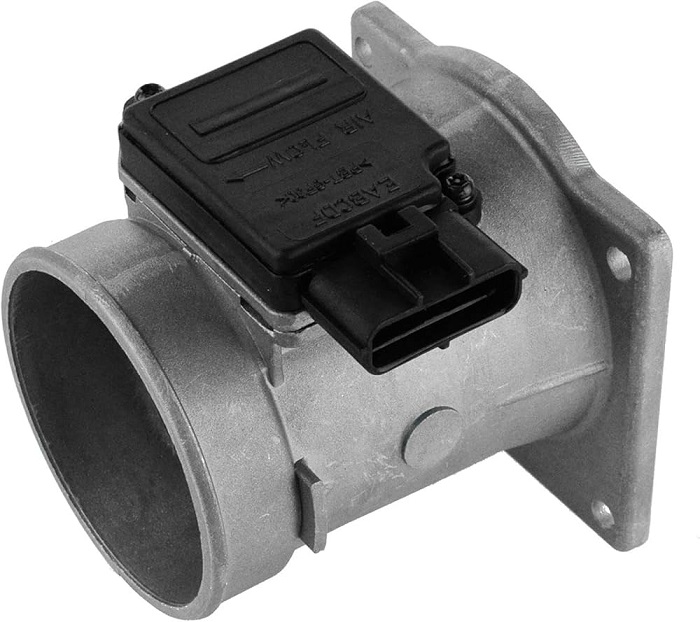
Laminar Flow MAF Sensors: These detectors use a laminar flow element to calculate the airflow rate. They are more accurate and used in high-performance vehicles.
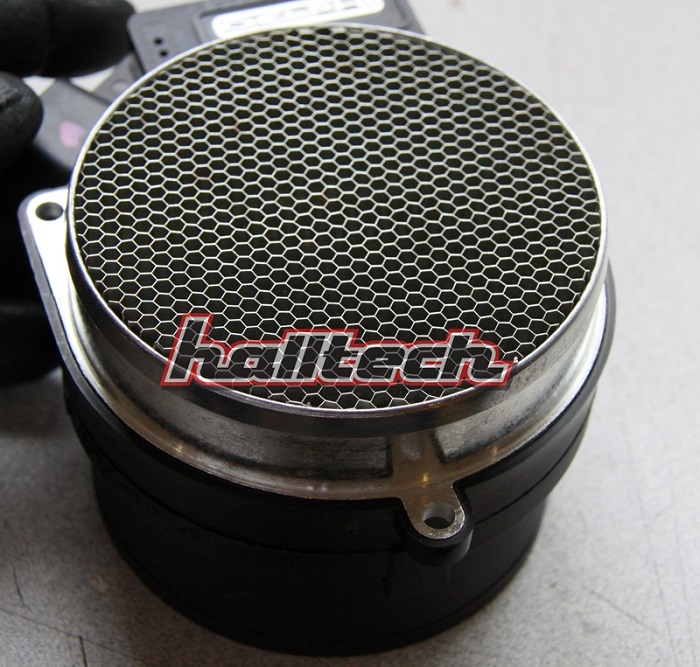
Symptoms of a Failing Mass Air Flow Sensor
A malfunctioning MAF sensor can lead to different engine problems. Some common symptoms include:
- Poor Engine Performance: If the MAF detector is defective, the engine may show hesitation, struggle, or a shortage of power during acceleration. This is because the ECU is not obtaining correct air flow data to modify the fuel combination.
- Reduced Fuel Efficiency: A failing MAF sensor can force the engine to drive too rich or lean, leading to expanded fuel consumption. This is often accompanied by reduced mileage and increased fuel costs.
- Rough Idle: The machine may idle roughly or stall intermittently if the MAF sensor is not working perfectly. This can be especially noticeable when the car is jammed or idling at lower speeds.
- Check Engine Light: A common indicator of an MAF sensor problem is the brightness of the inspection engine light on the dashboard. Diagnostic trouble codes (DTCs) connected to the MAF sensor can be retrieved utilizing an OBD-II scanner.
- Increased Emissions: A malfunctioning MAF detector can show insufficient combustion, resulting in more elevated levels of toxic emissions. This can force the vehicle to fail emissions tests and contribute to environmental pollution.
Diagnosing and Replacing a Faulty MAF Sensor
Diagnosing an MAF sensor issue involves several steps:
- Visual Inspection: Start with visually checking the sensor and its wiring. Look for signals of damage, flexible connections, or contamination.
- Diagnostic Scan: Use an OBD-II scanner to scan for problem codes linked to the MAF sensor. Common codes contain P0100 (MAF Circuit Malfunction) and P0101 (MAF Sensor Performance Problem).
- Testing the Sensor: If possible, try the MAF sensor utilizing a multimeter or technical diagnostic tool. Compare the readings to the manufacturer’s specifications to decide if the detector is within normal operating capacities.
- Cleaning: In some cases, cleansing the MAF sensor can fix performance problems. Use a true MAF sensor cleaner and follow the manufacturer’s instructions. Be alert not to use abrasive materials or solvents that could harm the detector.
- Replacement: If cleaning does not fix the problem or if the detector is proven to be defective, replacement is required. Confirm that the replacement piece matches the specifications of the actual sensor. Correct installation and calibration are required for optimal performance.
Maintenance and Care
Routine maintenance can boost the life of the MAF sensor and prevent early failure. Consider the following tips:
- Air Filter Maintenance: Confirm that the air filter is changed regularly. A blocked or polluted air filter can force extreme debris to enter the intake system, potentially polluting the MAF sensor.
- Regular Inspections: Sometimes inspect the MAF sensor and its wiring for signals of crack or contamination. Manage any issues promptly to control other issues.
- Avoid Contaminants: When cleansing or operating the MAF sensor, sidestep utilizing powerful chemicals or solvents that could harm its light components. Still, use recommended cleaning products and follow appropriate processes.
- Follow Manufacturer Guidelines: Adhere to the automobile manufacturer’s recommendations for keeping intervals and replacement pieces. This confirms that the MAF sensor works efficiently and virtually.
The Future of Mass Air Flow Sensors
As automotive technology continues to grow, so too does the layout and functionality of MAF detectors. Advancements in sensor technology are concentrating on enhancing accuracy, durability, and integration with different engine control systems. Arising technologies, such as laser-based detectors and developed computational algorithms, promise to improve the performance and reliability of mass air flow measures.
Conclusion
The Mass Air Flow detector is a necessary component of current engine control systems, playing a critical role in optimizing engine performance, fuel efficiency, and emissions management. Understanding its role, signs of failure, and maintenance needs can help automobile owners confirm their engines operate smoothly and efficiently. As technology continues to grow, the development of MAF sensors will bring innovations that additionally improve their performance and reliability.
